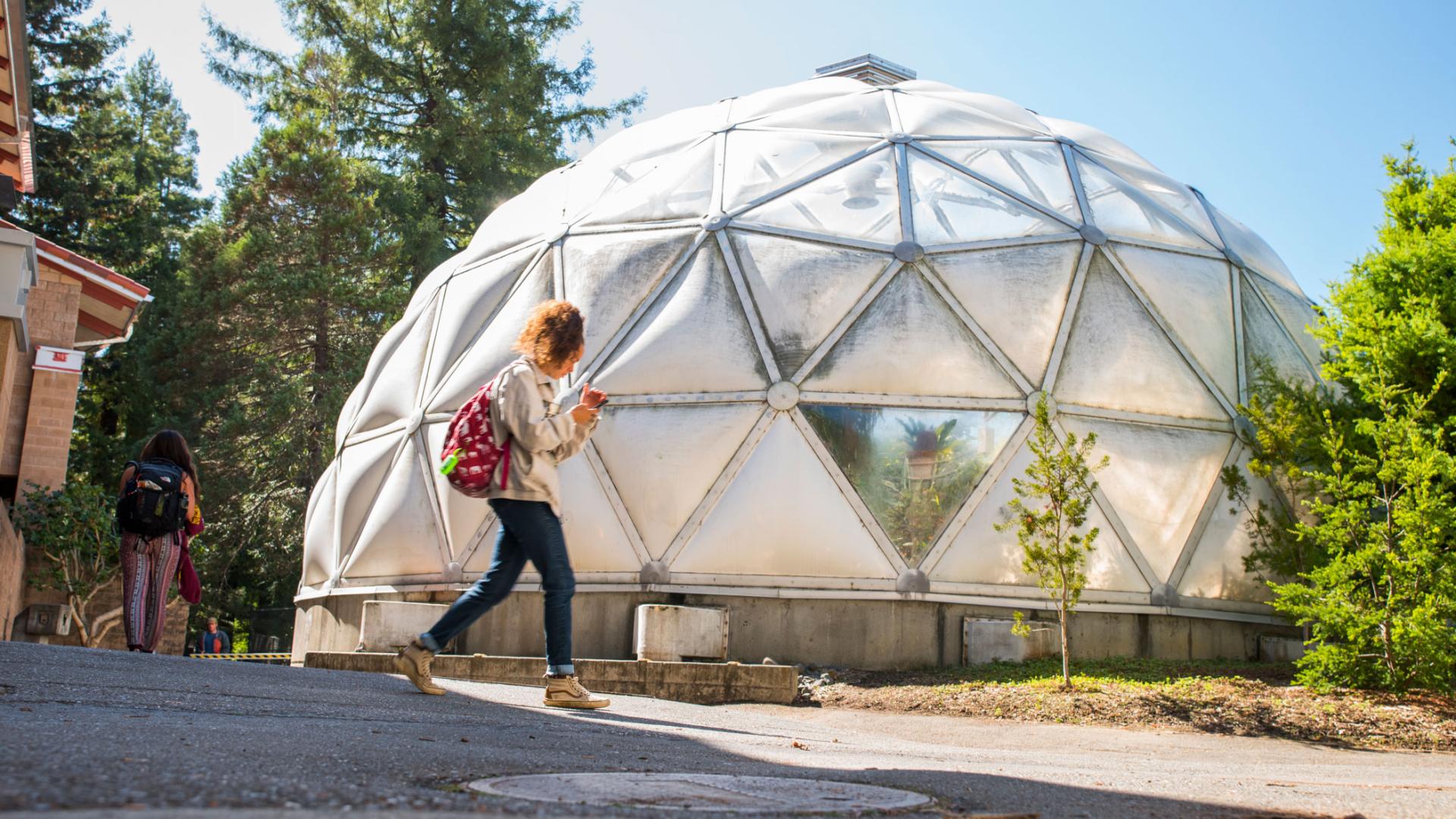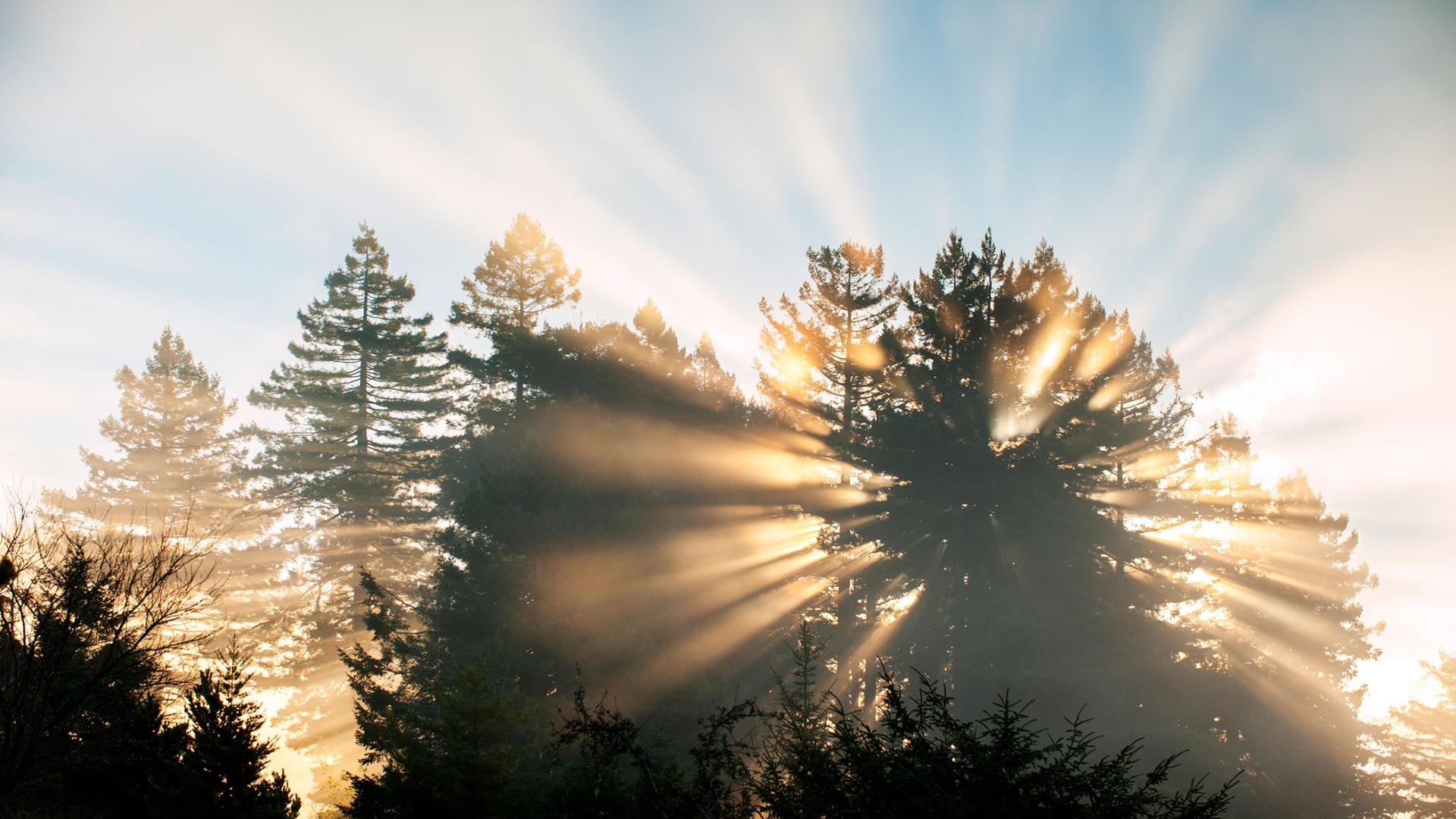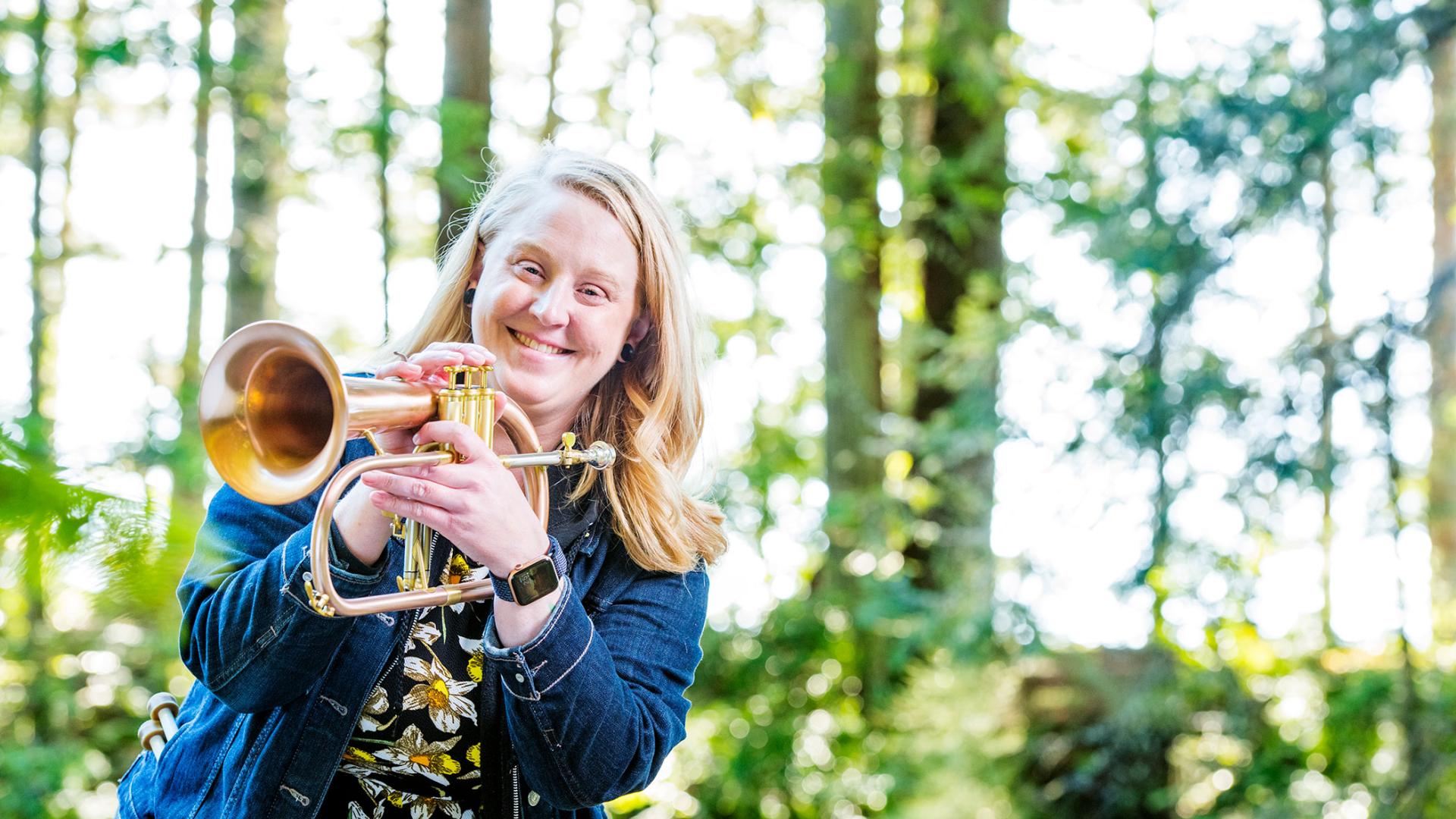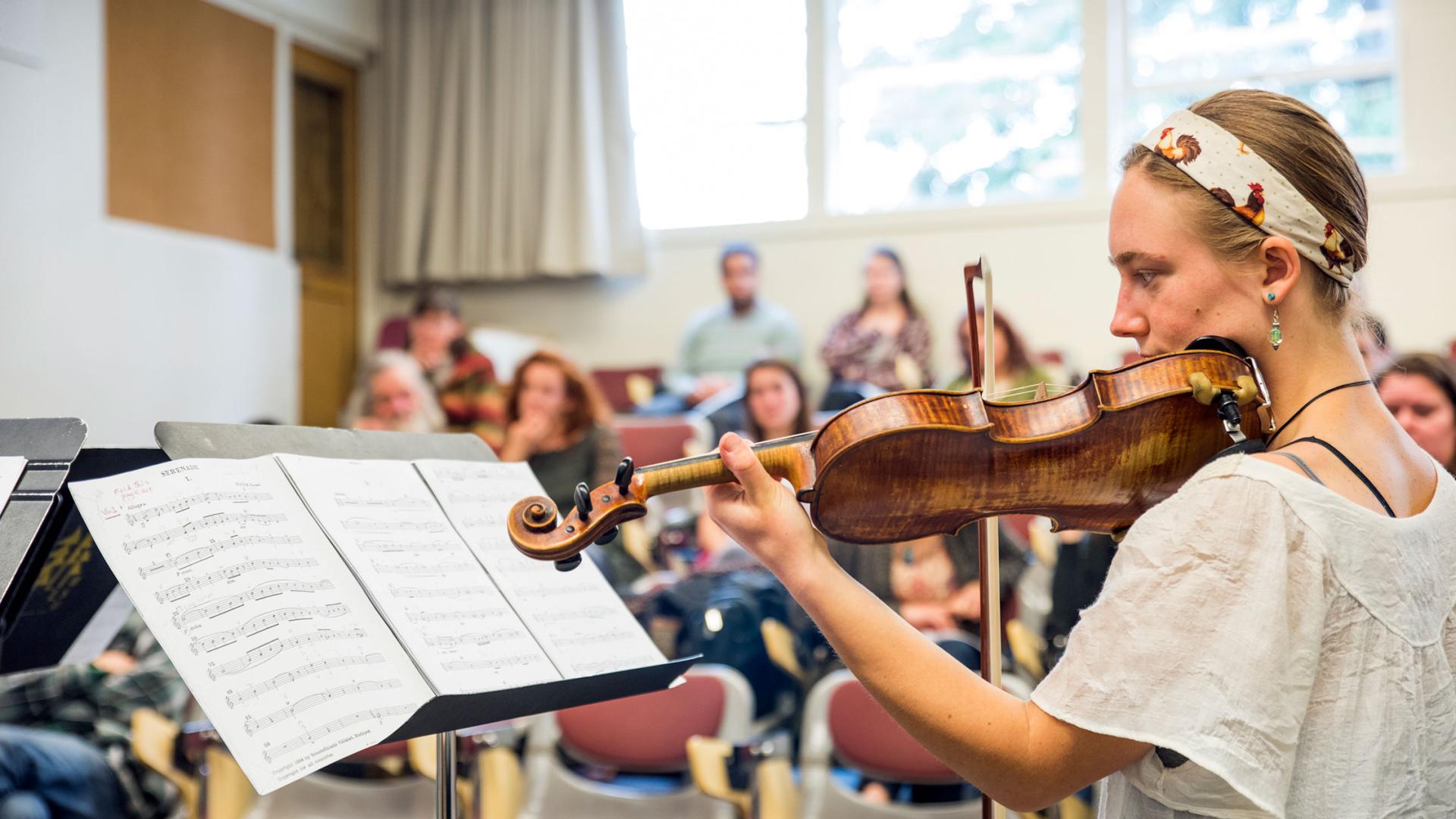Humboldt State University First Street Gallery presents, A Negotiable Utopia: The Humboldt Bay Project. The exhibition features six observational documentary videos and accompanying essays by interdisciplinary artist Cynthia Hooper and a monumental, to-scale, sculptural, Humboldt Bay model by ceramic artist Mary Mallahan. This multimedia exhibition explores the physical and cultural geography of Humboldt Bay—California’s second largest estuary. The exhibition will be on display starting September 30, running through November 2.
Artist Cynthia Hooper interprets varied water, waste, energy, agricultural and urban landscapes. Her videos and essays examine how regional and national political policies reorder these environments. Her project examines Humboldt Bay’s natural resource economy, including the timber, fishing, and mariculture industries, as well as its transportation and power infrastructure. Her project also documents the bay’s natural and human-made watersheds, as well as its varied conservation zones and shoreline.
Focusing her creative lens, each video features visually poetic, unusual, and graceful views of the bay while accompanying essays include narratives that honor the diversity of perspectives and experiences of the bay’s many stakeholders. Hooper hopes that her audience will gain a greater understanding of how overarching global forces are tied to economic and environmental impacts on Humboldt Bay.
Hooper states that, “Our bay’s diverse geographical terrain includes many sites for community interaction and dialogue and some of these landscapes can trigger earnest public debate.” She also states that her project “seeks to encourage participatory evaluation of the bay’s complex issues by its many engaged local residents, with the intention of bridging the diverse communities of the Humboldt Bay landscape.”
Cynthia Hooper has worked with the complex urban environment of Tijuana, Mexico and has examined contested and politicized water issues along the U.S./Mexico border. She has also produced other projects about water and land use issues in California and Ohio. Hooper’s work has been exhibited widely, including exhibitions at the Center for Land Use Interpretation in Los Angeles, Intersection for the Arts in San Francisco, the Museum of Modern Art in Mexico City, El Centro Cultural Tijuana, and MASS MoCA. Hooper has also been awarded residencies at the Headlands Center for the Arts and the Djerassi Resident Artists Program. She earned her BA from the University of California at Berkeley, and her MFA from the San Francisco Art Institute. Cynthia Hooper has been a Professor of Art at College of the Redwoods since 1991.
Mary Mallahan interprets natural and anthropogenic processes with large-scale ceramic and sculptural media. Having lived on California’s North Coast for twenty years, Mallahan has developed a connection with Humboldt Bay after experiencing it recreationally and later found it to be a source of inspiration. Mallahan’s model describes the unseen geology of Humboldt Bay and examines the bay’s varied surface features including its unique undulating, subterranean morphology. She states that, “This model demonstrates my longstanding interest in interpreting local scientific inquiry through the lens of personal aesthetic expression”.
Using clay to merge and reconstruct her own observational information with satellite images and topographical maps, Mallahan creates an immersive, research-based representation of Humboldt Bay that is also theoretical, speculative and visually dynamic. Her sculpture represents continual tectonic change, the same process that makes Humboldt Bay and the surrounding region geologically unstable.
Mallahan uses scale and dynamism in topography to illustrate the relation between the timescales of human life and that of ever-present geologic and biological processes. Mallahan seeks to not portray the bay as we know it, but instead in a way that represents the various geologic, biological and human interactions with the bay. Through the use of texture and color, Mallahan employs various materials, such as the use of ceramic shards to simulate shells and wood textures for nearby industrial sites. The subtle and unexpected nature of her work, Mallahan hopes, will open discussion about the issues surrounding the bay.
Mary Mallahan has collaborated with Seattle’s architectural firm McVey-Petterson to design and construct a ceramic installation that incorporates illumination for the lobby of Youth Theatre Northwest, and her monumental outdoor figurative work enhances the campus of Western Washington University. She has also created models of the subsurface stratigraphy of local brownfields and landfills, describing these sites’ complex contaminants with a polychrome precision. Mallahan has thirty years of experience in ceramic media. She is an adjunct professor at College of the Redwoods, and holds a BFA in Studio Art from Western Washington University and an MFA in Ceramics from the University of Mississippi.
The work by these artists in this exhibition has been made possible by a grant to Hooper from the Graham Foundation for Advanced Studies in the Fine Arts and by a grant to Mallahan, who is the 2013 recipient of the Humboldt Area Foundation’s Victor Thomas Jacoby Award. Additional support comes from Humboldt Sate University, generous community donors and from the HSU Associated Students Instructionally Related Activities Fund.
A Negotiable Utopia: The Humboldt Bay Project is produced by students enrolled in the Humboldt State University Art Museum and Gallery Practices Program. A public reception for the artists will be held on Saturday, October 4 during Eureka Main Street’s monthly Arts Alive event.
On October 18 at 11 a.m. the artists will host a free tour of the Humboldt Bay on the historic Madaket Ferry, featuring interpretive guides who will discuss the geology, history and environment of Humboldt Bay. Those who wish to attend the tour should sign up in advance and in person at HSU First Street Gallery. Seating is limited.
On Saturday, November 1, the artists will give a gallery talk and tour at 3 p.m. at HSU First Street Gallery. The talk is free and the public is invited to come meet the artists as they guide attendees through exhibition. The gallery is open Tuesday through Sunday from 12 to 5 p.m. and is located at 422 First Street in Eureka, California. Admission is free. Those planning group tours are encouraged to call ahead. For more information call (707) 443-6363.
My videos and essays interpret varied water, waste, energy, agricultural and urban landscape scenarios, and examine how regional and national political policies relentlessly reorder these types of environments. My work is generously observational, analytically engaged, and proposes a nuanced, reflective, and often sympathetic reception for the sites I examine. A Negotiable Utopia: The Humboldt Bay Project features six short observational documentary videos and accompanying essays that explore and interpret the built environment of our bay—California’s second largest estuary. This project examines the bay’s natural resource economy and infrastructure (including timber, fishing, and mariculture), its transportation (including our roads, rails, and ships), as well as the bay’s power infrastructure—including fossil fuel and renewable energy. The project also documents Humboldt Bay’s natural and human-made watersheds, as well as its varied conservation zones and complicated shoreline. Each video features visually poetic, atypical, and unexpectedly graceful views of the bay that are patiently and often incidentally captured. Each accompanying essay includes evidence-based narratives that honor the diversity of perspectives and experiences that index these compelling environments.
Our bay’s diverse geographical terrain includes many sites for community interaction and dialog, and some of these landscapes can trigger earnest and even adversarial public debate. My project clearly advocates for some of our bay’s more culturally potent places, but it also carefully navigates the conflicts these sites can attract. This project also honors the many stakeholders and everyday place makers (including seafood, timber, and dock workers, recreationalists, activists, and researchers) that spend a great deal of time on Humboldt Bay, and understand it deeply and experientially. With inclusive analysis and steady observational strategies, my project presents a both comforting and counterintuitive picture of our bay, and both celebrates and complicates our shared and intimate experience of it.
Cynthia Hooper
Autumn, 2014
Cynthia Hooper’s six non-narrative observational documentary videos examine and interpret the built environment of Humboldt Bay. Her video Water documents the bay region's water infrastructure, and indexes water quality issues unique to an agricultural, postindustrial, and natural resource-based economy. Her video Conservation inventories the many extensively mediated conservation zones that encircle Humboldt Bay, and meditates on the varied strategies deployed to restore lost wetlands and watersheds, battle invasive biomass, and remediate toxic industrial legacies. Her video Power examines the energy infrastructure of Humboldt Bay, including its recently upgraded and formerly nuclear power plant, its electrical grid and natural gas infrastructure, as well as this region's principal renewable energy resources. Natural Resourcesdocuments how specific populations of laborers and their infrastructure—including timber workers, dock workers, fishermen and oystermen—configure this region's built environment, and how this type of work gracefully and often informally shapes architectural space. Her Shoreline video inventories the more than one hundred miles of shoreline that encircles Humboldt Bay, and her video Transportation describes the region’s roads, rails, and shipping, as well as some of the complex components of the bay’s unexpectedly globally-networked terrain.
Cynthia Hooper has worked with the complex urban environment of Tijuana, Mexico and has examined contested and politicized water issues along the U.S./Mexico border. She has also produced other projects about water and land use issues in California and Ohio. Hooper’s work has been exhibited widely, including exhibitions at the Center for Land Use Interpretation in Los Angeles, Intersection for the Arts in San Francisco, the Museum of Modern Art in Mexico City, El Centro Cultural Tijuana, and MASS MoCA, and recent publications include Arid: A journal of Desert Art, Design and Ecology. Hooper has also been awarded residencies at the Headlands Center for the Arts and the Djerassi Resident Artists Program, as well as grants from the Graham Foundation for Advanced Studies in the Fine Arts and the Gunk Foundation. She earned her BA from the University of California at Berkeley, and her MFA from the San Francisco Art Institute. Cynthia Hooper has been a Professor of Art at College of the Redwoods since 1991.
My functional and sculptural ceramic work interprets dynamic natural processes such as deposition, lithification, deformation, and erosion. Using clay, I merge and reconstruct observational information to create a sculptural substitute of these systems, fashioning a visual depiction that is as much conjectural as it is empirical. The monumental ceramic sculptural interpretation of Humboldt Bay that I’ve created for this exhibition transfers the geographic features of the bay’s surrounding landscape onto the tidal footprint we are typically more familiar with. This reimagining of our bay is dynamic, speculative, and certainly unexpected. In my interpretation, the water of Humboldt Bay has been transformed into the land that currently encircles it. The notion of Humboldt Bay itself as a level, largely horizontal space is reconsidered—instead I reveal its subterranean, “rumpled carpet-like” tectonic landscape. The result is a monumental and undulating sculptural form that conveys the morphology of regional uplifts and subsidence—the very same tectonic processes that make our local landscape (and the bay itself) so geologically mutable and even unpredictable. The visual effect of my work is a representation of change: the form of a wave, dynamic and yet frozen in time, as well as the transformation of water and sediment (like clay) into an alternate description of time.
This model demonstrates my longstanding interest in interpreting local scientific inquiry and discourse through the lens of personal aesthetic expression. My formal choices, including shape and color, were influenced by the empirical information I found in regional maps and reports, as well as my own field observations. The edges of individual pieces of this model, for example, align to suggest the tidal channels found in Arcata Bay, and the model’s surface treatments imply fragments of shell or jettisoned wood—hinting of layers of anthropogenic origin. In my model, Humboldt Bay becomes a massive, swelling sculptural form: a vast lithic remnant of a varied, diverse past, or—equally intriguing—a reimagining of our bay’s possible future.
Mary Mallahan
Autumn, 2013





